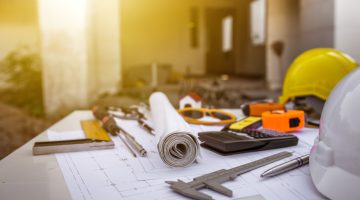
Diagnosing And Repairing Faults In Renewable Energy Systems
Renewable energy systems are becoming increasingly popular due to their efficiency and environmental benefits. However, like any other system, they can encounter faults and malfunctions that require diagnosis and repair. These faults can cause a drop in the system’s performance and, in severe cases, lead to the failure of the entire system.
The process of diagnosing and repairing faults in renewable energy systems requires a comprehensive understanding of the system’s components and how they interact with each other. Rom-control repairs renewable energy equipments.
Step 1: System Evaluation
Before attempting to diagnose any faults in the system, it’s essential to evaluate the entire system thoroughly. This step involves inspecting all components of the system, including the solar panels, inverters, batteries, and any other critical component. During the evaluation, it’s important to check for any signs of wear and tear or physical damage to any of the components.
Step 2: Identify the Fault
Once the evaluation is complete, the next step is to identify the fault or malfunction in the system. This step requires a systematic approach that involves checking each component of the system for any signs of malfunction. Some common faults in renewable energy systems include a drop in power output, battery malfunction, and inverter failure.
Step 3: Isolate the Faulty Component
After identifying the faulty component, the next step is to isolate it from the rest of the system. This step is critical as it prevents any further damage to other components of the system. For example, if the battery is faulty, it’s essential to isolate it from the rest of the system to prevent any electrical surges that could cause further damage to the other components.

Step 4: Repair or Replace the Faulty Component
Once the faulty component is isolated, the next step is to repair or replace it. Repairing the component is an option if the fault is minor and can be fixed easily. However, if the fault is severe, it’s advisable to replace the component entirely.
Step 5: Test the System
After repairing or replacing the faulty component, the next step is to test the entire system to ensure it’s working correctly. This step involves connecting the components back to the system and observing the power output and performance. If the system is not performing as expected, it’s crucial to go back to step two and identify any other faults that may be affecting the system.
Step 6: Regular Maintenance
Regular maintenance is critical to prevent any faults or malfunctions in renewable energy systems. It’s essential to conduct routine checks on the system to identify any signs of wear and tear or physical damage to the components. This step helps to prevent any severe faults that could lead to the failure of the entire system.




